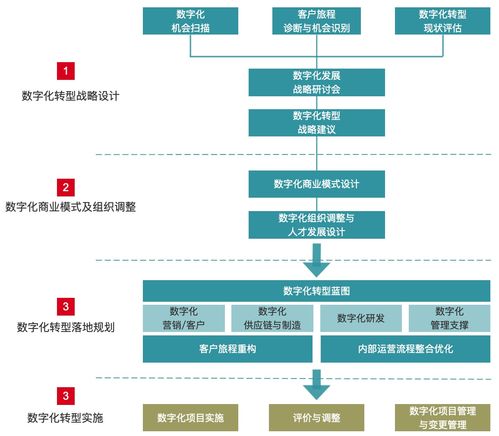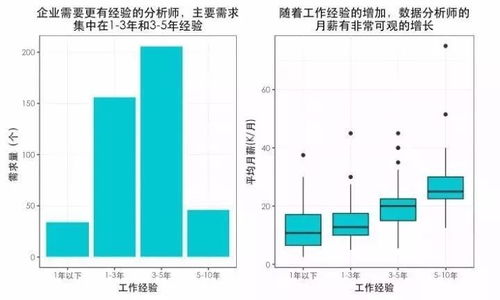本篇介绍用Python操作PostgreSQL数据,本文的参考教程是 PostgreSQL Python
Python中的PostgreSQL工具根据官方的解释 Python - PostgreSQL wiki,建议使用psycopg2

- 首先,你要有一个数据库,所以使用以下SQL语句,创建一个名为suppliers的数据库,本文中的操作都是围绕这一数据库展开的。
CREATE DATAbase suppliers;
2. 在Python中连接数据库:
(1)最直接的办法,使用psycopg2中的connect函数
conn = psycopg2.connect
(2)另一种方法,把连接数据库时用到的参数都列出来 (效果同上)
conn = psycopg2.connect
这里涉及到的参数有:
- database: the name of the database that you want to connect.
- user: the username used to authenticate.
- password: password used to authenticate.
- host: database server address e.g., localhost or an IP address
- port: the port number that defaults to 5432 if it is not provided.
(3)注意:还可以使用配置文件(configuration file ),这种好处是把所有的参数放在了一个文件里,查找和修改就比较方便了。
database.ini
[postgresql]host=localhostdatabase=suppliersuser=postgrespassword=postgres
3. 放在一起:connect代码块
首先写 config 函数,这一函数会读取配置文件 database.ini 来获取文件中用于数据库连接的参数. 我们可以保存以下代码块在config.py文件中,以便之后的重复调用。
#!/usr/bin/pythonfrom configparser import ConfigParserdef config: # create a parser parser = ConfigParser # read config file parser.read # get section, default to postgresql db = {} if parser.has_section: params = parser.items for param in params: db[param[0]] = param[1] else: raise Exception) return db
接下来写 connect 函数。这一函数用于连接数据库,在以下的代码块中,connect 函数帮助我们连接到 suppliers 数据库,并且打印出PostgreSQL数据库的版本号.
#!/usr/bin/pythonimport psycopg2from config import config # 这是上面的config代码块,已经保存在config.py文件中def connect: """ Connect to the PostgreSQL database server """ conn = None try: # read connection parameters params = config # connect to the PostgreSQL server print conn = psycopg2.connect # create a cursor cur = conn.cursor # execute a statement print cur.execute') # display the PostgreSQL database server version db_version = cur.fetchone print # close the communication with the PostgreSQL cur.close except as error: print finally: if conn is not None: conn.close printif __name__ == '__main__': connect
4. 总结一下
工作流程如下,这实际上也是Python对数据库操作的基本流程。
- 从
database.ini文件中读取连接数据库的参数 - 通过调用
connect函数连接数据库 - 建立新的
cursor,执行(execute) SQL 语句 - 对于cursor对象,调用
fetchone来读取查询的结果 - 操作完成后,要记得关闭和数据库的连接,使用
close。cursor和connection都需要关闭哦
- 数据库是一个库,数据是存储在表(table)里的,所以在操作数据前,我们需要在数据库中新建表格
SQL语句
CREATE TABLE
Python代码块
#!/usr/bin/pythonimport psycopg2from config import configdef create_tables: """ create tables in the PostgreSQL database""" commands = NOT NULL ) """, """ CREATE TABLE parts NOT NULL ) """, """ CREATE TABLE part_drawings NOT NULL, drawing_data BYTEA NOT NULL, FOREIGN KEY REFERENCES parts ON UPDATE CASCADE ON DELETE CASCADE ) """, """ CREATE TABLE vendor_parts , FOREIGN KEY REFERENCES vendors ON UPDATE CASCADE ON DELETE CASCADE, FOREIGN KEY REFERENCES parts ON UPDATE CASCADE ON DELETE CASCADE ) """) conn = None try: # read the connection parameters params = config # connect to the PostgreSQL server conn = psycopg2.connect cur = conn.cursor # create table one by one for command in commands: cur.execute # close communication with the PostgreSQL database server cur.close # commit the changes conn.commit except as error: print finally: if conn is not None: conn.closeif __name__ == '__main__': create_tables
在数据库中使用 dt 可以列出数据库中的表
suppliers=# dt List of relations Schema | Name | Type | Owner--------+---------------+-------+---------- public | part_drawings | table | postgres public | parts | table | postgres public | vendor_parts | table | postgres public | vendors| table | postgres
2. 将数据导入表格
(1)使用insert的方式将数据导入表格
步骤如下:
a. connect
conn = psycopg2.connect
b. cursor
cur = conn.cursor

c. execute
cur.execute)
d. fetchone
id = cur.fetchone[0]
c. commit
conn.commit
d. close
cur.closeconn.close
(2)将一行数据插入表中
Inserting one row into a PostgreSQL table example
#!/usr/bin/pythonimport psycopg2from config import configdef insert_vendor: """ insert a new vendor into the vendors table """ sql = """INSERT INTO vendors VALUES RETURNING vendor_id;""" conn = None vendor_id = None try: # read database configuration params = config # connect to the PostgreSQL database conn = psycopg2.connect # create a new cursor cur = conn.cursor # execute the INSERT statement cur.execute) # get the generated id back vendor_id = cur.fetchone[0] # commit the changes to the database conn.commit # close communication with the database cur.close except as error: print finally: if conn is not None: conn.close return vendor_id
(3)将多行数据插入表中
Inserting multiple rows into a PostgreSQL table example
def insert_vendor_list: """ insert multiple vendors into the vendors table """ sql = "INSERT INTO vendors VALUES" conn = None try: # read database configuration params = config # connect to the PostgreSQL database conn = psycopg2.connect # create a new cursor cur = conn.cursor # execute the INSERT statement cur.executemany # commit the changes to the database conn.commit # close communication with the database cur.close except as error: print finally: if conn is not None: conn.close
(4)使用以上代码块
To test the insert_vendor and insert_vendor_list functions, you use the following code snippet:
if __name__ == '__main__': # insert one vendor insert_vendor # insert multiple vendors insert_vendor_list, , , , , ])
3. 更新表格中的数据
#!/usr/bin/pythonimport psycopg2from config import configdef update_vendor: """ update vendor name based on the vendor id """ sql = """ UPDATE vendors SET vendor_name = %s WHERE vendor_id = %s""" conn = None updated_rows = 0 try: # read database configuration params = config # connect to the PostgreSQL database conn = psycopg2.connect # create a new cursor cur = conn.cursor # execute the UPDATE statement cur.execute) # get the number of updated rows updated_rows = cur.rowcount # Commit the changes to the database conn.commit # Close communication with the PostgreSQL database cur.close except as error: print finally: if conn is not None: conn.close return updated_rows
- fetchone
def get_vendors: """ query data from the vendors table """ conn = None try: params = config conn = psycopg2.connect cur = conn.cursor cur.execute print row = cur.fetchone while row is not None: print row = cur.fetchone cur.close except as error: print finally: if conn is not None: conn.close
调用:
if __name__ == '__main__': get_vendors
结果:
The number of parts: 7
2. fetchall
def get_parts: """ query parts from the parts table """ conn = None try: params = config conn = psycopg2.connect cur = conn.cursor cur.execute rows = cur.fetchall print for row in rows: print cur.close except as error: print finally: if conn is not None: conn.close
调用:
if __name__ == '__main__': get_parts
结果:

The number of parts: 6
3. fetchmany
def iter_row: while True: rows = cursor.fetchmany if not rows: break for row in rows: yield rowdef get_part_vendors: """ query part and vendor data from multiple tables""" conn = None try: params = config conn = psycopg2.connect cur = conn.cursor cur.execute for row in iter_row: print cur.close except as error: print finally: if conn is not None: conn.close
调用:
if __name__ == '__main__': get_part_vendors
结果:
免责声明:本平台仅供信息发布交流之途,请谨慎判断信息真伪。如遇虚假诈骗信息,请立即举报
举报






